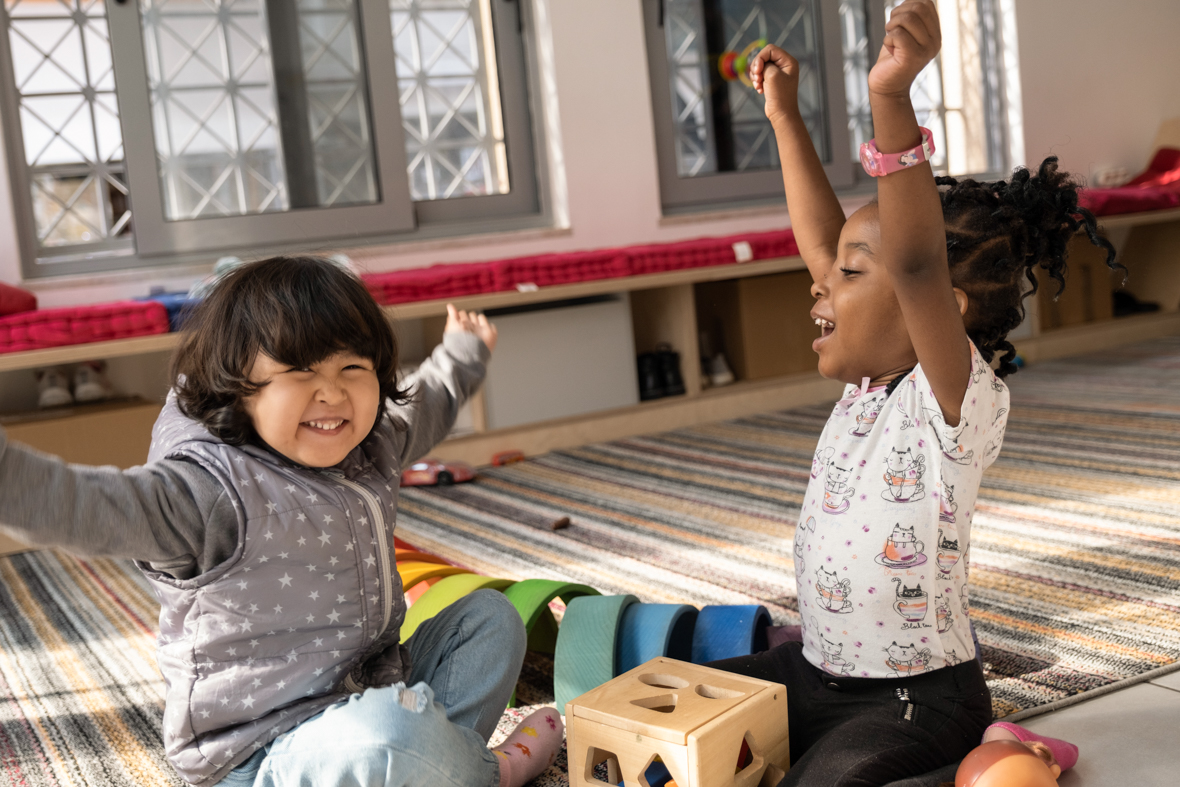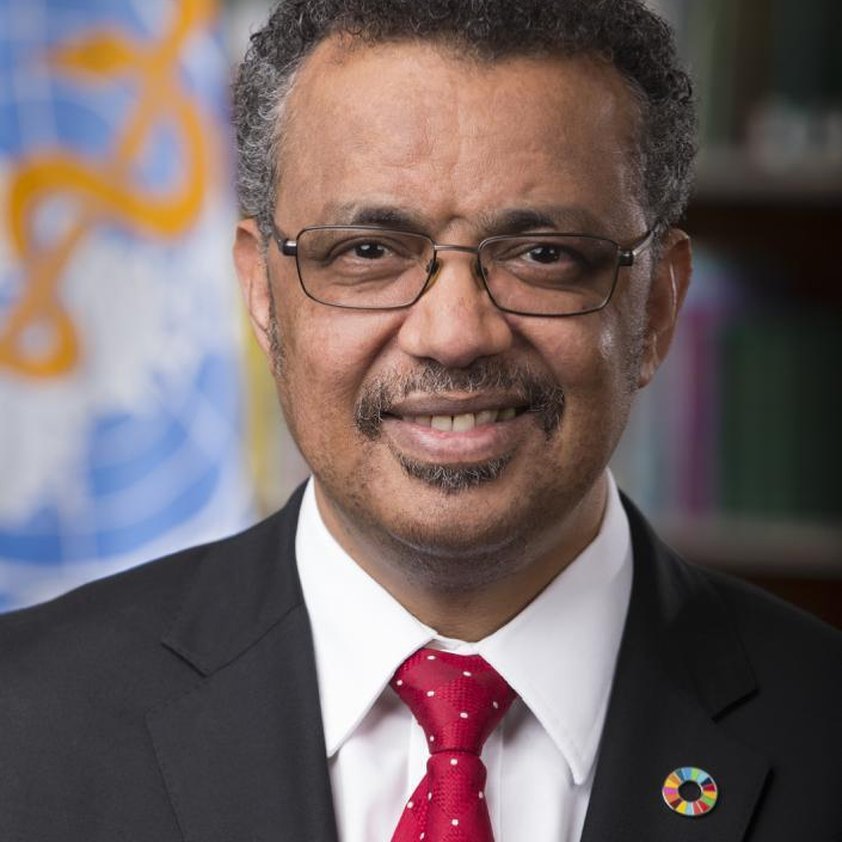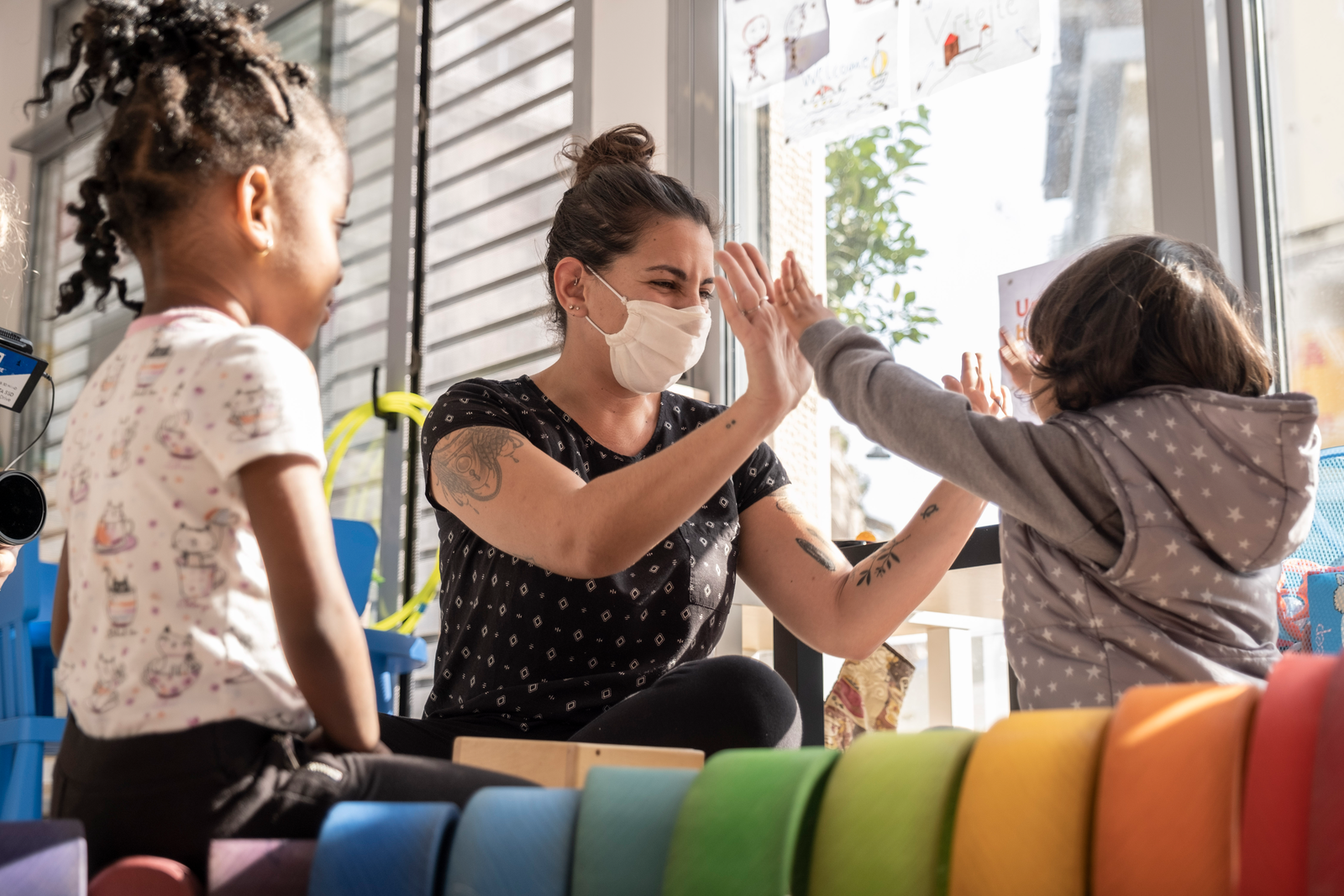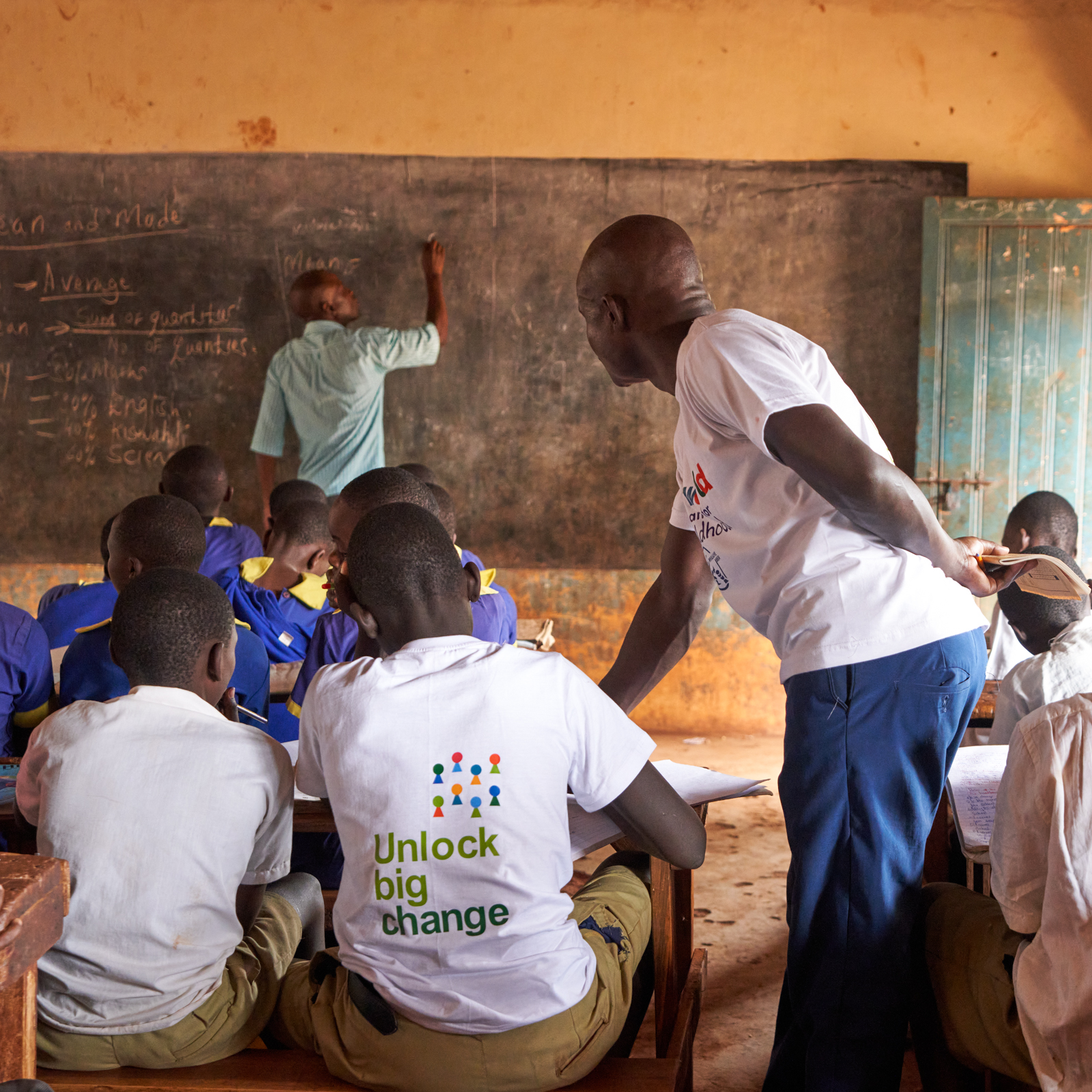
The Best Start in Life
Every child deserves a healthy birth and quality early childhood development and education. We work at a global and local level to unlock the best start for every child.
Are you studying nutrition? Writing or researching the latest in healthcare policy? Exploring a career as a health educator? The resources on this page will help you understand that education is the foundation to building a healthy society and a developing strong public health workforce for the future.
Education and health are fundamentally intertwined, with far-reaching cognitive and physical benefits when advanced together, paying transformative dividends to children, families, and their communities.
Looking for questions to centre your research efforts or interesting issues or problems to explore? These research questions can help provide a path to a focused research and writing process.
Looking for clear topic sentences to express your opinion, or thesis statements to serve as the core of your essay? Theirworld’s examples can help to form the base of your argument.
Seeking key messages, facts, and opinions to build your evidence base? Find the most up-to-date, pre-sourced data points to help you make a robust case for education and health here.
Education and health go hand in hand. Children who have gone to school tend to have better health outcomes, can better access health services, including family planning and immunization, and have more earning potential. Schooling also helps to reduce violence, childhood marriage, and teen pregnancy. Education saves lives and improves livelihoods.
Dr. Tedros Adhanom Ghebreyesus, Director-General of the World Health Organization
The COVID-19 pandemic has created the biggest education emergency of our lifetime. Schools not only provide children with a space to learn. For many children, school also keeps them protected from harm - where they can be referred to child protection and mental health services. But with school closures, children are missing out on these essentials. The protection schools provide is particularly important for the most vulnerable children, such as children living in conflict-affected areas or refugees. These children are at risk of being recruited into armed groups; being forced to do hazardous and exploitative work; and being forced into marriage and early pregnancy.
Kevin Watkins, CEO of Save the Children
Education is a pathway out of poverty. But there are building blocks that remain vital to achieve the greatest impact from that Education. Besides the physical impairment and vulnerability, a stunted child has, on average, lower test scores on cognitive assessments and activity level. This will severely hamper his or her journey through the education system. Education and nutrition are two of the most pressing global issues today, and they are closely interlinked to the intergenerational cycles of poverty and gender inequality. Education, in and of itself, has an enormous positive impact on the disposable income of the family unit and therefore on the nutrition status of a household or a community. Good nutrition allows children to thrive and learn at school, which in turn triggers positive social and economic changes in countries and across generations. Education and nutrition are drivers for development and prosperity.
Martin Short, CEO of Power of Nutrition
Searching for more in-depth reporting or quick refreshers on the relationship between education and health? Check out Theirworld’s groundbreaking reports and explainers that examine the issue in further detail.
Prefer an audio medium to better understand the connection between education and health? Listen to Theirworld’s Better Angels podcasts, featuring stories from globally renowned campaigners, Nobel Prize winners, celebrities, politicians and remarkable young people who are experts in the field.
Tariq Al Gurg, CEO of Dubai Cares, the global philanthropic organisation, talks to Theirworld’s Chair Sarah Brown about how we can improve access to education for millions of children in developing countries, including health and sanitation programs which ensure children are fed and kept clean in the classroom, helping to persuade parents of the benefits of sending their children to school.
Hear from from key figures from Theirworld’s early days who helped develop the charity’s commitment to supporting early years education and giving every child the best start in life, including Dr. Taha Khan, and Dr. Ian Laing.
Theirworld’s commitment to education spans sectors and subjects. See what we are working on at the intersection of education and health:
Every child deserves a healthy birth and quality early childhood development and education. We work at a global and local level to unlock the best start for every child.
Theirworld works with the Amna Refugee Healing Network on a sustainable approach to the delivery of early childhood education to refugee children
Theirworld partners with local organisation Chance for Childhood to identify and cater to special learning needs among children who live on the streets.
Promoting improved education and nutrition outcomes for disadvantaged Lebanese and Syrian Refugee Children in Lebanon
Theirworld’s #5for5 campaign focuses on the five elements of quality nurturing care needed by every child under five: health, nutrition, play, learning and protection.
Theirworld is committed to ending the global education crisis and unleashing the potential of the next generation. Inspired to unlock big change? Support our campaigns, fundraise with us or join our Global Youth Ambassadors programme.
To end the global education crisis we’re going to need everyone to do their part, help build the pressure needed to make change.
Our network of 2,000 young people in more than 100 countries across the globe working together to end the global education crisis.
Raising money for Theirworld is another great way to help us.







